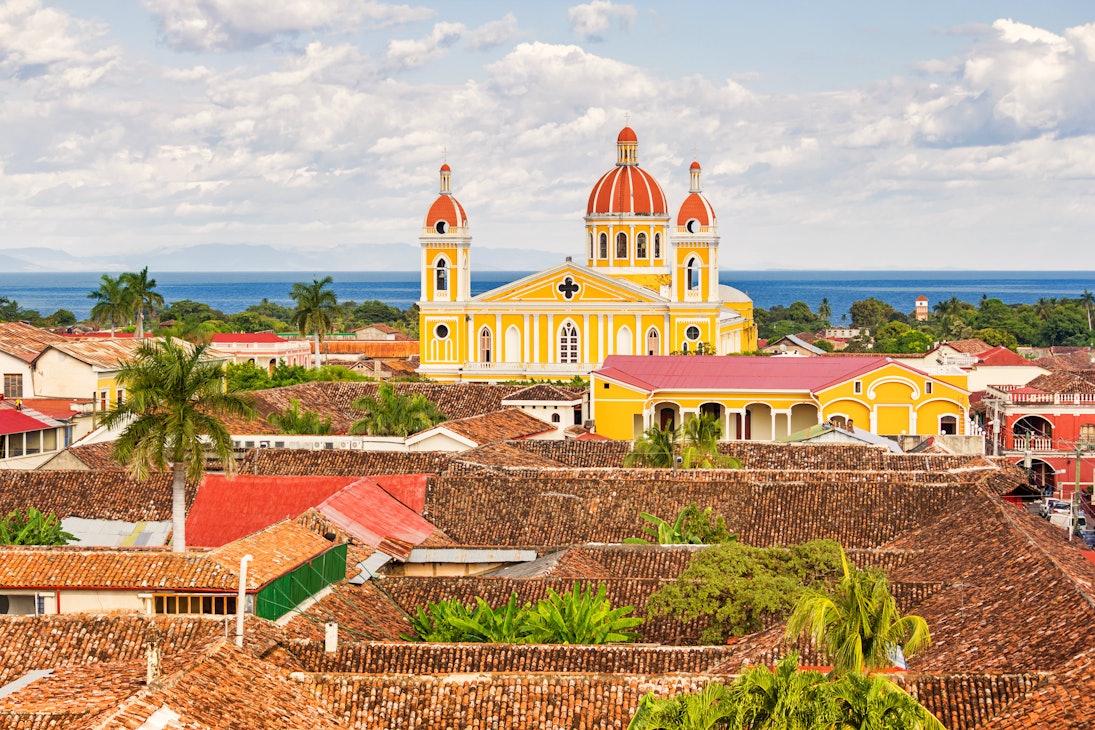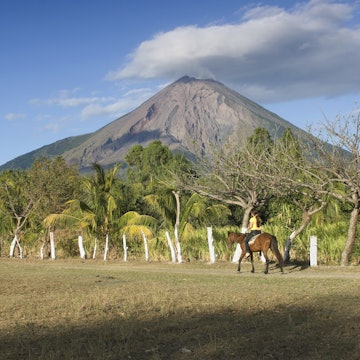

©benedek/Getty Images
Overview
An affable all-rounder, Nicaragua embraces travelers with diverse offerings of volcanic landscapes, historic towns, sensational beaches, remote, idyllic islands, wave-battered Pacific beaches and pristine forests.
Plan your trip with Guide, an AI travel planner!
Create a personalized trip itinerary in seconds using artificial intelligence.
Must-see attractions
Planning Tools
Expert guidance to help you plan your trip
Best Things to Do
Experience the best of Nicaragua – where horses pull wagons down the highway and volcanoes rise over forests and farms – with this guide.
Read full article
Best Places to Visit
From volcanoes and beaches to colonial architecture and undeveloped beauty, here are the top places to visit.
Read full article
Transportation
From budget buses to pricier private transit, here are the best ways to travel around in Nicaragua.
Read full article
in partnership with getyourguide


















